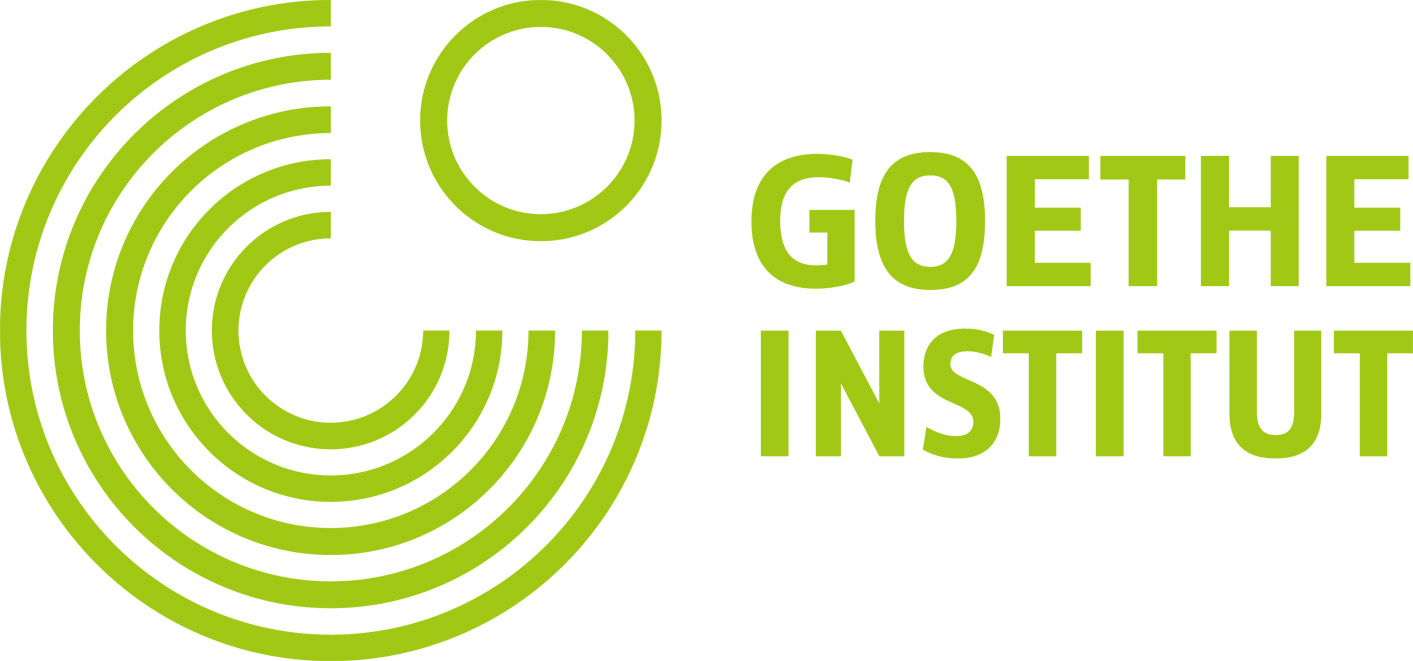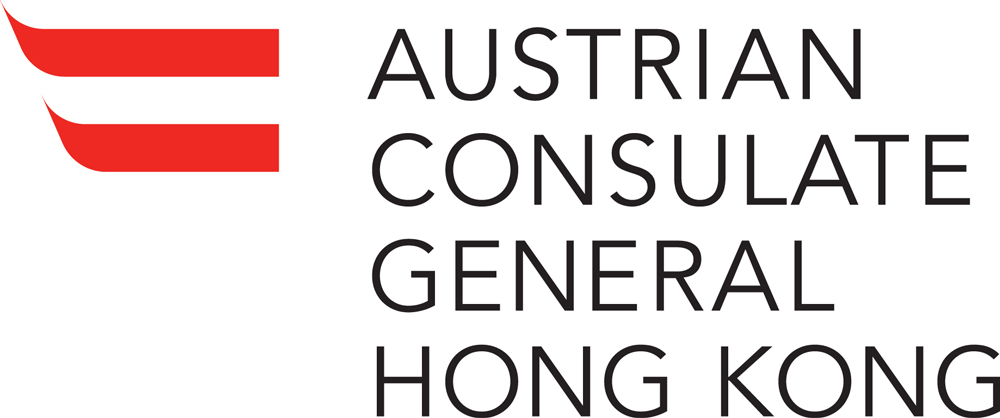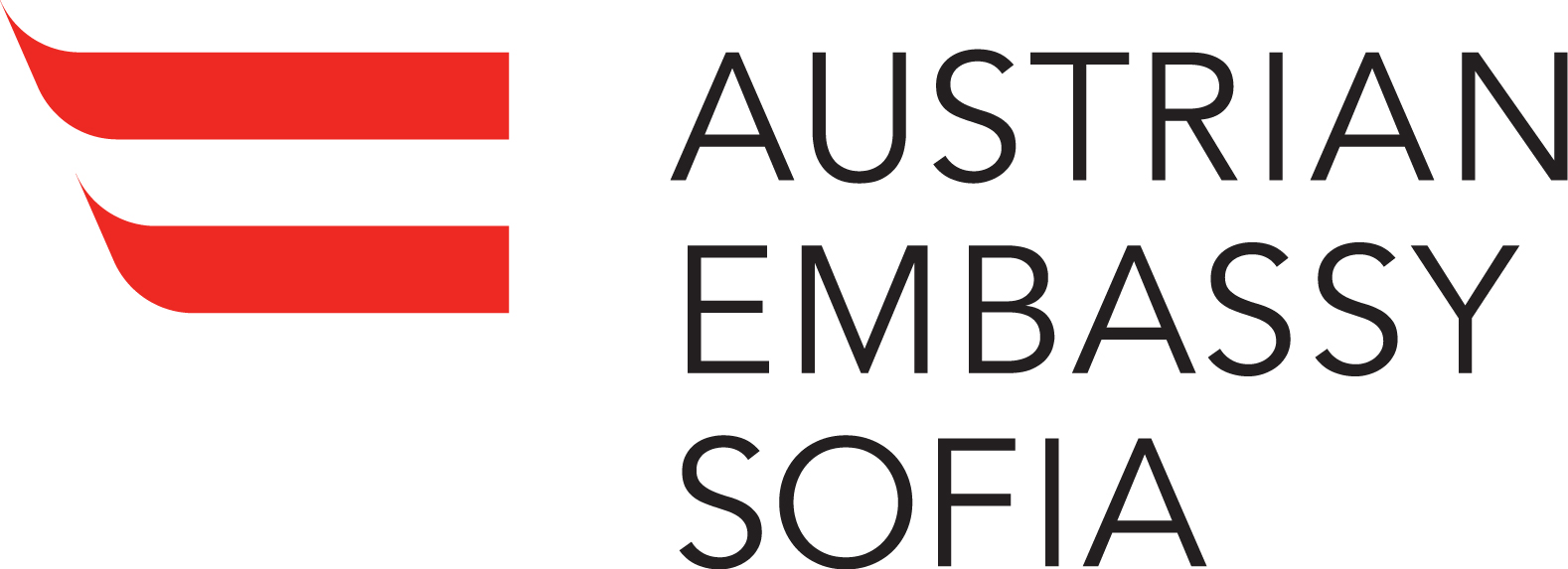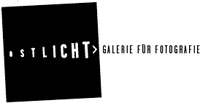
ABOUT
Statement by Mirjam Angerer-Geier and Felix Leutner
Over the past few years art photography has vividly taken off in Austria. Interesting developments and approaches along with new opportunities are now part of this new generation of photography. Current events and relevant issues in Europe and all over the world have found their expression within the art of photography. Photography is one of the youngest and, at the same time, most exciting art forms: a pictorial language that draws on the tension between the two seemingly opposing poles of voyeurism and exhibitionism. It produces and leaves behind emotions; it moves, unsettles, and attracts. With its intense atmosphere, photography inspires, stimulates, and opens the way for critical dialogue. The goal - to show young austrian photography, a platform for photography to a wider audience - started with the attendance at FotoWeekDC, Washington DC/ USA, 2012 in cooporation with the AUSTRIAN CULTURAL FORUM WASHINGTON DC. Since then young austrian photography Exhibitions where shown three times in DC. There have been Exhibitions in Bethesda/ Maryland, New York City and Chicago - furthermore young austrian photography was part of PARIS PHOTO Los Angeles/ VIP Program in April 2015 at Fitzpatrick-Leland House. The Exhibition `Uncommon Places´ (2015) was presented in Washington DC, Sofia, and Plovdiv in Cooperation with the AUSTRIAN EMBASSY SOFIA. From Sept. 6-30, 2017 `Uncommon Places´ (2017) will be presented in Cooperation with GOETHE INSTITUT and AUSTRIAN CONSULATE GENERAL in Hong Kong.


Uncommon Places (2017) is the second edition of a collective Exhibition that introduces the work of eight Austrian photographers (one as collective). Subjects of this Exhibition are places that have been discovered in Austria and abroad – real existing unusual places. However, some of them are dealing with a particular state of mind - influenced by ones surrounding, relationships or simply evoke through the existence of its history. Architectural structures of the 1960s and 1970s, manifestations of utopias so often built in concrete, inspired the artist BRUNO KLOMFAR to his PAST FUTURE series. Exploratory journeys through a once future-oriented era, now slipped into the past. Showplaces are cities like Berlin, Hamburg, Paris, Bratislava, Brussels, Milan, Sofia, London and Zürich, where he not only traced icons of recent architectural history but also interesting buildings in danger of demolition due to insufficient heritage protection laws. The projection of a “past future” onto the current state of architecture brings facets to the forefront allowing the different layers of time to coexist parallel in a complex interweaving. The shown sequence Plants and Towers from the series PAST FUTURE focuses on architecture interacting with its environment. In concrete terms, the focus is on the surrounded green space: This „grown" space generates interesting ensembles in combination with its architectural neighbours. The photographs of LUISE HARDEGG appear archaic and at the same time Zeitgeist - looking like stills from films or moods as they occur to eccentric fashion designers. The viewer might wonder what happened before, during, and after the recording of the image. In her own words Hardegg describes photography as risky, honest and spontaneous. It awakens her extrovert side. She is looking for special people or places to watch and eventually to get her ideas about a scenery, often seen as some sort of déjà-vu. Showcases, for her personally difficult to approach without a camera. With the excerpt shown, Hardegg is taking the viewer into another world by creating mysterious, disturbing and sometimes scary atmospheres. LAURENT ZIEGLERs recently done photo series Closeness examines ways we are connected with each other, how we reach out, ask and receive, approach or leave one another. How are bonds formed: just discovered or experienced for years? Qualities that are primarily visible to the inner eye. Photography as an attempt to capture the interaction of diversity and the diversity of interaction. Zieglers perception of the body as a landscape structure and a carrier for memory derives from years as a professional dancer where he explored respective issues through different media. His approach is processdriven and focuses on photography as well as on installation and performative work. The series Closeness proves to be a lens through which to look at the fundamental changes in our society. An open space to ruminate over human interaction and its value to our very own existence. The new photographic work of MONIKA NGUYEN shown is part of her series relatively remote/remote relatives. Even though the breathtaking showplaces presented are very diverse geographically as well as climatically there can be seen linking structures within all the diversity. The series can be interpreted as text, whereby first the sense must be detected to understand before the interpretation steps in. The viewers attention focuses on atmosphere, expression and style of presentation: Monika Nguyens photographs can be seen as reading in which nature, space and people are being explored. She is interested in large areas as well as into details. One of the presented photographs is taken in Qaqortoq, (Greenland) und illustrates the interest in shape, contours and patterns, and shows colors of varying intensity gradually merging into one another. In her freelance artistic work series pinhole chamber RENÈE Del MISSIER is creating an oversized camera obscura: apartments an hotel rooms become a pinhole camera. While sitting inside, watching the streetlife, nature, traffic or backyard, she is bringing the outside life into a private intimate room. All is upside down and interfering with the interiors. Except the little light through the little hole nothing goes outside but in a very silent and yet pulsing way the world outside comes into the room. In order to travel and trace the length of the Earth’s circumference, NICOLE SIX and PAUL PETRITSCH generated a concentrated, closed situation with their series `Around the world´: they drove their Saxy moped vehicles/ small motorcycle on a two-kilometer-long former racetrack in northern Spain at an average speed of approximately forty kilometers per hour. It lies on the prime meridian, and its round shape recalls a distorted sphere or globe (the Earth). With exact measured Earth’s rotation and the proportions to the sun and its orbit around the center of the galaxy. Using a pinhole camera that advances one position each day a twenty-four-hour exposures was made. The images, inscribed on analog film, capture the entire period of their journey, but Six and Petritsch are invisible because of the long exposure. In January 2017 WOLFGANG BOHUSCH stayed in a tent for two weeks in Maroccos Sahara desert. Under very special conditions during his work for the series silicon based creatures Bohusch experienced a period of intense meditation. Details and blurred outlines make it difficult to recognize the shape of the image at once. Pattern recognition takes place only through the perception of the seemingly random forms and structures. The viewer is encouraged to look more closely in order to get lost in the work and to let the subconscious mind wander - in order to finally be able to find his own associations.


Uncommon Places (2015) is a collective Exhibition that introduces the work of six Austrian photographers (one as collective). Subjects of this Exhibition are places that have been discovered in Austria and abroad – real existing unusual places. However, some of them are dealing with a particular state of mind - influenced by ones surrounding, relationships or simply evoke through the existence of its history. In his series `Changing Views´, STEFAN OLÁH shows an excerpt of his book project “Österreichische Architektur der 50er Jahre fotografiert von Stefan Oláh” (Austrian Architecture of the 50s). The series includes unique views of different types of representative buildings which all symbolize the so called “Wirtschaftswunder” in the uprising economy of the young Austrian nation after the second world war. The selected exhibited examples show the former bombed National Chamber of the House of Parliament, the high-tech radiostation at Bisamberg near Vienna and a health and sports spa in the city of Salzburg. The photographic work of Stefan Oláh produced iconic views: Yesterdays nobodys darlings turned into the stars of today. BRUNO KLOMFAR´S series `past future´ originated from his fascination for the structures of the 60s and 70s – architectural manifestations of utopias often built in concrete. His search led him to Berlin, Paris, Bratislava, Brussels, and London, where he found and photographed the icons of recent architectural history, such as Ernő Goldfinger’s Balfron Tower, and many other interesting buildings in danger of demolition due to insufficient heritage protection laws. The projection of a `past future´ onto the current state of architecture, with all its uses and used-ness, brings facets to the forefront that allow the different layers of time to coexist in a complex interweaving. With `The maid´s shift´, Set Designer and Photographer MONIKA NGUYEN illustrates the parallel existence of two different social classes and visualizes the attempt to realize a projection of longing. Instead of carrying out their work-related duties, the employees secretly make other use of the rooms. The photo series are made in extraordinary and expensive hotel rooms. LAURENT ZIEGLER´S photographic work `Verortungen´ is the act of situating oneself inside a landscape and the result of an artistic collaboration with the performer Malika Fankha. Both artists deal with the relationship of the individual towards spatial patterns, with the localization of physical and sensual perceptions as imprints on a map, integrated into our experience of the outer landscape. The endless space of emptiness shifts by only a subtle rupture, a confrontation with the living matter. Insights vary in both, appearance and impact. Scars appear, once unequal forces collide, clash at certain points and reveal an injury to the outside. This exposed damage breaks given structures and shows the confrontation with landscapes as a means for a new situatedness. The Photographic series `Lost And´ by LUISE HARDEGG was taken in Wonder Valley California. While driving through the dessert Hardegg asked herself who might have lived once in this ghostly and feral environment. Digging deeper she found out it was a wave of people with pioneering blood in their veins who moved there to build up a living during the 50s. What the Los Angeles Times called "one of the strangest land rushes in Southern California history" died down by the late '50s. Later on in the years of 2000 people tried to escape expensive housing in LA. They found pleasure to start a new life and were drawn by this unique homestead surrounding for lowest possible cost. And yet the houses are left just a few years later. Expectations were not fulfilled, living in the dessert turned out to rough and challenging. In order to travel and trace the length of the Earth’s circumference, SIX and PETRITSCH generated a concentrated, closed situation with their series `Around the world´: they drove their Saxy mopeds on a two-kilometer-long former racetrack in northern Spain at an average speed of approximately forty kilometers per hour. It lies on the prime meridian, and its round shape recalls a distorted sphere or globe (the Earth). With exact measured Earth’s rotation and the proportions to the sun and its orbit around the center of the galaxy. Using a pinhole camera that advances one position each day a twenty-four-hour exposures was made. The images, inscribed on analog film, capture the entire period of their journey, but Six and Petritsch are invisible because of the long exposure.
Bundeskanzleramt Österreich Österreichisches Generalkonsulat Los Angeles

This special edition of young austrian photography 2014 is a short introduction to photo::vienna | werkschau 2014, which will take place from November 26th – 30th at the MAK – Austrian Museum of Applied Arts / Contemporary Art, Vienna. Photography is one of the youngest and, at the same time, most exciting art forms: a pictorial language that draws on the tension between the two seemingly opposing poles of voyeurism and exhibitionism.It produces and leaves behind emotions; it moves, unsettles, and attracts. With its intense atmosphere, photography inspires, stimulates, and opens the way for critical dialogue. At the event photo::vienna 2014 art photography, architecture and portrait photography, and commercial, editorial, and journalistic photography are all gathered together under the heading “applied photography.” The event thus serves equally as a showcase for the general public and as a forum for professionals on the lookout for new trends and developments. As the first retrospective for contemporary photography from Austria, photo::vienna presents a wide overview of what makes photography so exciting and will thus be of great interest to galerists, curators, museum designers, collectors, art buyers, agency art directors, photo editors, etc. The platform also provides a site for the exchange of interest and ideas amongst the community of photo fans at large. A select jury has served as the guarantor for the high level of photographic work shown at photo::vienna. The works shown at SENSITIVE VIEWING HABITS | a preview to photo::vienna 2014 is a selection of photographers who applied for photo::vienna.
//SENSITIVE VIEWING HABITS | a preview to photo::vienna 2014statement by Andreas Pawlitschek, Counselor (Cultural Affairs) Director Austrian Cultural Forum Washington
Photography has an apparent objectivity because manipulations or changes, for example by a deformation of the lens or by digital retouching often cannot be recognized immediately as such. This is why photography is regarded as an effective tool for shaping our ideas and to influence our behavior. In the public not only in Austria but around the world it is noted that people read lesser and lesser because images take up more and more of our attention. Images are usually easier to understand than written words, so they are easily accessible to anyone. In addition, images appeal more to our emotions and arise much stronger feelings than any written text ever can. Therefore, images have a very strong impact on us. At the same time photography ranks first as a social instrument. The ability to reproduce accurately the external reality - an ability that is based on its own technology - gives photography an authentic character, making it incorruptible for the description of reality. The third edition of young austrian photography entitled SENSITIVE VIEWING HABITS curated by Mirjam Angerer-Geier and Felix Leutner presents a cross section of the current young Austrian photography scene. The works on display are carefully selected to give a general public an overview or outlook on new trends and maybe changes in contemporary Austrian photography.
YOUNG AUSTRIAN PHOTOGRAPHY //::MOODS:: (2013)
“Moods” are an essential part of our lives. The exhibition ::MOODS:: combines the works and creations of six Austrian photographers. Every single photograph is a unique expression; the exhibition as a whole unveils an abstract perspective on the human ability to express moods in a variety of ways. The stories behind the photographs are unlimited. The purpose of the photographers’ work turns out to be unlimited as well – as are their individual means of photographing. And yet there still seems to be common ground between all the pictures shown. CARMEN BRUCIC focuses on themes related to desire, emotional relationships, vulnerability, and fragility from a confessional and intimate perspective. IRINA GAVRICHs photographic work for art and fashion magazines, newspapers, and design and art catalogues has a very particular, almost poetic tone – highly expressive. What you see is not a moment; it is a process. Like the work of other artists featured at MOODS, her pictures somewhat resemble filmstills – stills taken from a movie that does not exist. SEVERIN KOLLER tells a story through his photographs. He captures a moment and tells the viewer more about the relationship between himself, behind the camera, and his models in front of it. In different situations he emphasizes a particular mood to which his own presence also contributes. ANJA MANFREDI produces photographic tableaux playing on images within images, creating and evoking associations. With her re-creations and interpretations, executed by people from her artistic and scientific circle, Manfredi reflects on historical concepts of the body and on social conventions. ANITA SCHMID in her series “Momentkonfigurationen”, melds her models with architecture as if there were nothing in between. She shows the idea of the postures of a human body as an expression of a series of mental processes. ANDREAS WALDSCHÜTZ, who actually started his career within another realm of pictorial language – the production of videos – points out in his series “Mr. and Mrs. Bugg” the blurring line between reality and dreams. Andreas has worked as a full-time photographer since 2005.
//::MOODS:: (2013) | statement by Andreas Pawlitschek, Counselor (Cultural Affairs) Director Austrian Cultural Forum Washington
In the Austrian art world artistic photography has been marginalized for a long time. Addressing this medium took place just outside or on the edge of the Austrian art scene until the late 1980's years. In Austria photography as an independent art form gained acceptance by a broader audience quite late. So when it comes to Austrian photography in 2013 what is its status quo? The second exhibition in the series by Young Austrian Photography in cooperation with the Austrian Cultural Forum Washington ::MOODS:: is an attempt to answer this query. The selection of works is based on the motif Moods and introduces six young Austrian photographers to an American audience: Carmen Brucic, Irina Gavrich, Severin Koller, Anja Manfredi, Anita Schmid and Andreas Waldschütz. The exhibition is about people, their feelings and expressions, the way in which they react, and about the lens that is in between of all this – the eyes of Austrian photographers that seek to capture what they see.
YOUNG AUSTRIAN PHOTOGRAPHY //ARCHITECTURE | LANDSCAPE (2012) | statement by Andreas Pawlitschek, Counselor (Cultural Affairs) Director Austrian Cultural Forum Washington
Young Austrian Photography - ARCHITECTURE | LANDSCAPE presents a cross section of the current Austrian photography scene. In addition to different approaches that the Austrian artists have taken about architecture and landscape, the exhibition project provides an overview and insight into contemporary Austrian photo creativity.
//ARCHITECTURE | LANDSCAPE (2012) | by Alexandra Grausam, Chief Executive 'das weisse haus'
"Space and Nature" forms a visual starting point for a broad array of interpretations of the tangible experience of reality. The works of the eight Austrian artists selected for this exhibition examine, in a wide range of ways, the perception and manipulation of our daily surroundings – worlds at once graspable and utterly alien, in part constructed -or perhaps in turn destroyed- by man or, not least, ones artificially generated, seemingly infinite in their reproducibility. Nearly half of Austria’s terrain is covered with forest – an environment MARKUS GUSCHELBAUER negotiates, in his own words, in the dual guise of agriculturalist and manager. In his works the subject of vital resources is transposed to the Austrian woodland; he places nature itself on the stage, elevating it to the role of principal performer. CLEMENS ASCHER’s futuristic vision, on the other hand, takes on man’s hostile activities in the ‘colonialization’ of nature. Likewise, a platform for visions – permeated by a deep sense of time’s standing still – is offered by TINA RIBARITS in her photographs, in which artificial-seeming worlds create a space for memories but also for nightmares. CATHARINA FREUIS utilizes irritation by staging equally artificial spaces that are, however, readily identifiable as stereotypes. In what ways does the viewer experience alienation? From a technical standpoint JULIE MONACO goes one step further in the direction of the artificial construction of nature through her use of the computer. The sea becomes charged, its contrasts unnaturally increased, or it is made placid. She posits an image of nature generated in perfection, at once attractive and simultaneously disturbing. CLAUDIA LARCHER attends to the connection between homeland and identity, memory and family history, placing them in a setting of clarity and reduction that nearly turn reality into abstraction. MARKUS OBERNDORFER works with the political history of yore that nevertheless continues to affect our lives, bringing it into the present day through contemporary representation and reprocessing. And GREGOR SAILER accords to current political sites unknown to most people because of the remoteness or inaccessibility of their locations – or because they are restricted military zones – a face and a new kind of presence, focusing us on our pronounced desire for security.


Responsible for Content on this Website: Mirjam Angerer-Geier and Felix Leutner. The content and works provided on these Web pages are governed by the copyright laws. Duplication, processing, distribution, or any form of commercialization of such material beyond the scope of the copyright law shall require the prior written consent of its respective author or creator. Links to external websites notice: This site offers links to other sites. External links are selected and reviewed when the page is published. However, ´young austrian photography´ is not responsible for the content of external websites. © 2017 All rights reserved.